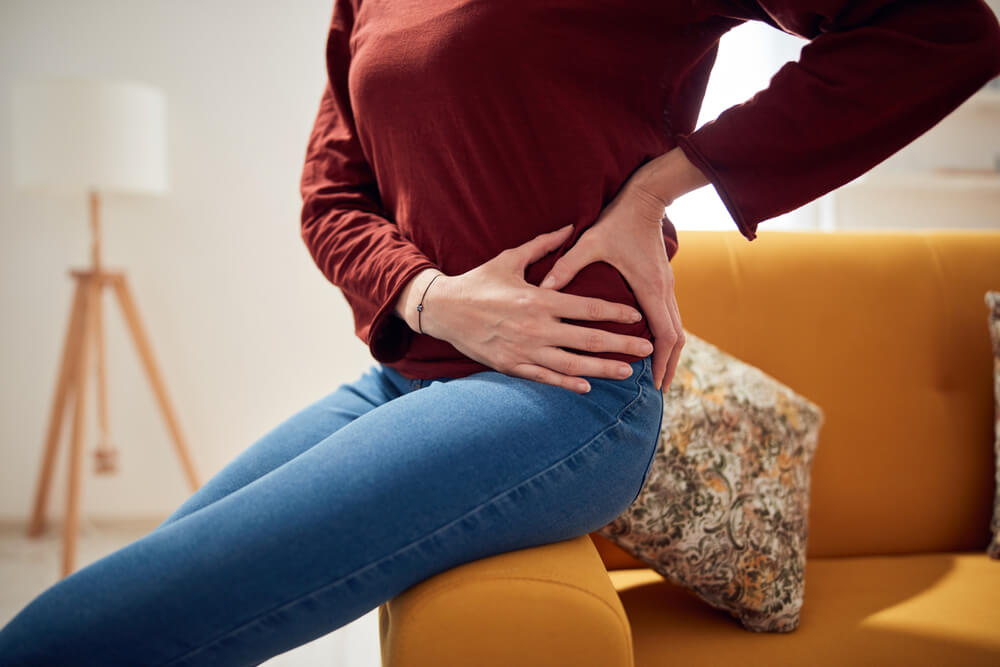When you have hip pain, every step can be uncomfortable. There are several potential causes of hip pain, such as fractures, pinched nerves and osteoarthritis. But there’s a common condition, called hip bursitis, that may interfere with your overall quality of life if left untreated.
There are two major bursae, which are fluid-filled sacs that work as cushions between bones and surrounding soft tissue, located in the hip. When the bursae become inflamed due to repetitive motions or sudden injury, it can lead to pain and stiffness. Fortunately, the right physical therapy treatments can ease those symptoms.
3 physical therapy treatments that can help ease hip bursitis pain
When you go to a physical therapist for hip bursitis pain, they’ll complete an evaluation of your symptoms. They’ll also assess aspects of your physical health, such as your strength, flexibility, range of motion and balance. Then they’ll design a personalized plan of safe and effective treatments to help alleviate your pain as well as improve the overall quality of your hip.
Here are three effective treatments used by physical therapists to help hip bursitis pain:
- Exercise — One of the pillars of every physical therapy treatment plan for hip pain is targeted exercises. A physical therapist will guide you through exercises that will strengthen and stretch the muscles in your hip. The goal is to alleviate pressure being placed on the bursae. These exercises also increase support for the affected joint.
- Electrical stimulation — A common type of pain management used for hip bursitis is electrical stimulation, which involves sending mild electrical pulses to the affected area. It’s used as a way to reduce the pain signals being sent to the brain. Electrical stimulation can also help relax the hip muscles and boost blood circulation to accelerate the healing process.
- Dry needling — Your physical therapist may recommend dry needling to alleviate your symptoms. Dry needling involves using thin filament needles to stimulate contractions in the trigger points of your hip muscles. By increasing blood flow to your hip and improving mobility, inflammation is reduced..
Peak Performance Sports and Physical Therapy can help you ease hip bursitis
Hip bursitis can impact your ability to comfortably carry out your daily activities, from walking your dog to crouching down to tie your shoes. With the right physical therapy, you can alleviate the pain, restore your hip’s range of motion and reduce the risk of future issues.
At Peak Performance, we’ll make sure that your treatments are effective for your hip bursitis based on the severity of your symptoms, your medical history and your overall goals. Techniques like targeted exercises and dry needling are just a couple of examples of how we can help alleviate your pain.
Call us or request an appointment today to ease your hip bursitis pain.
